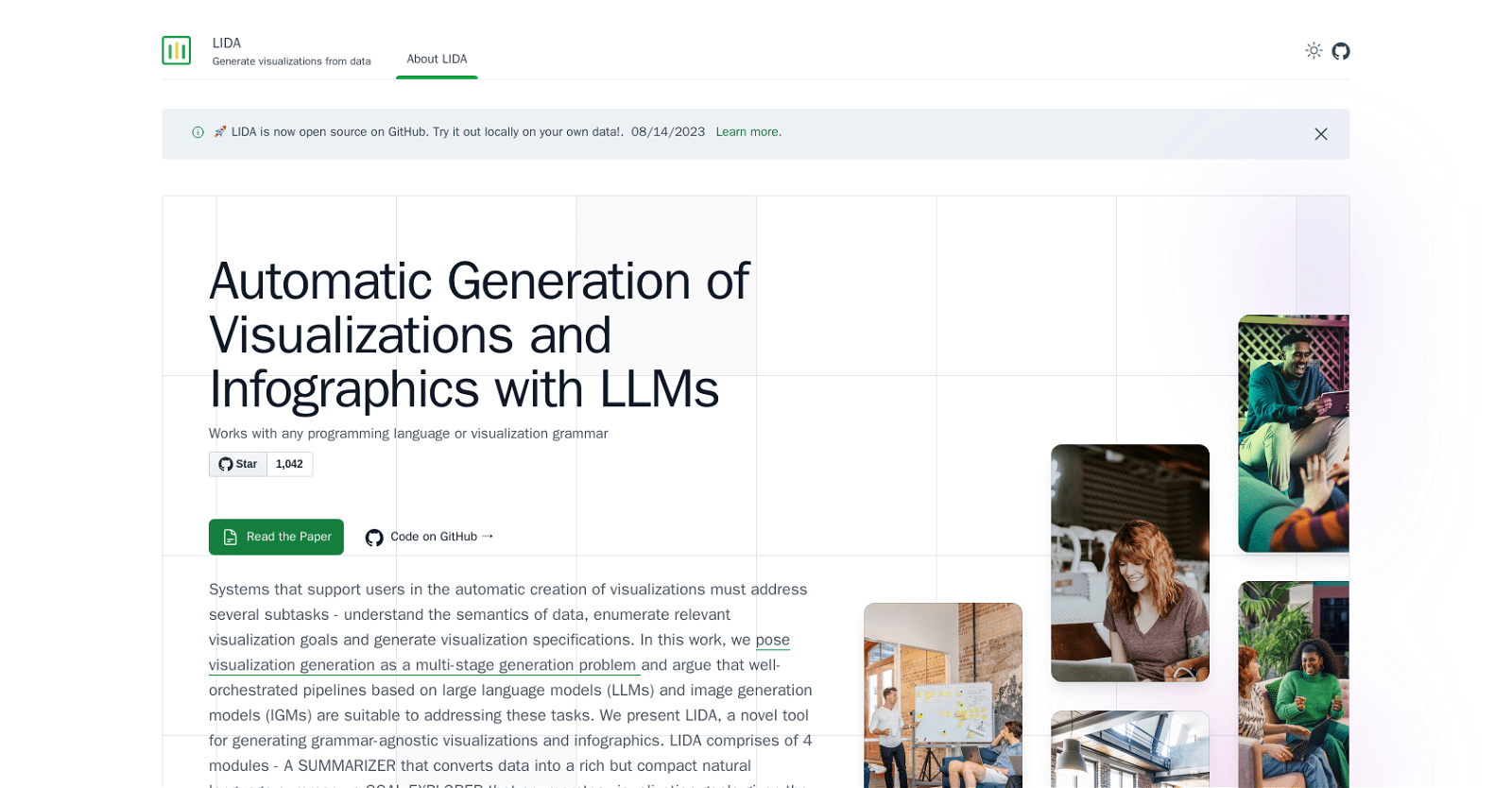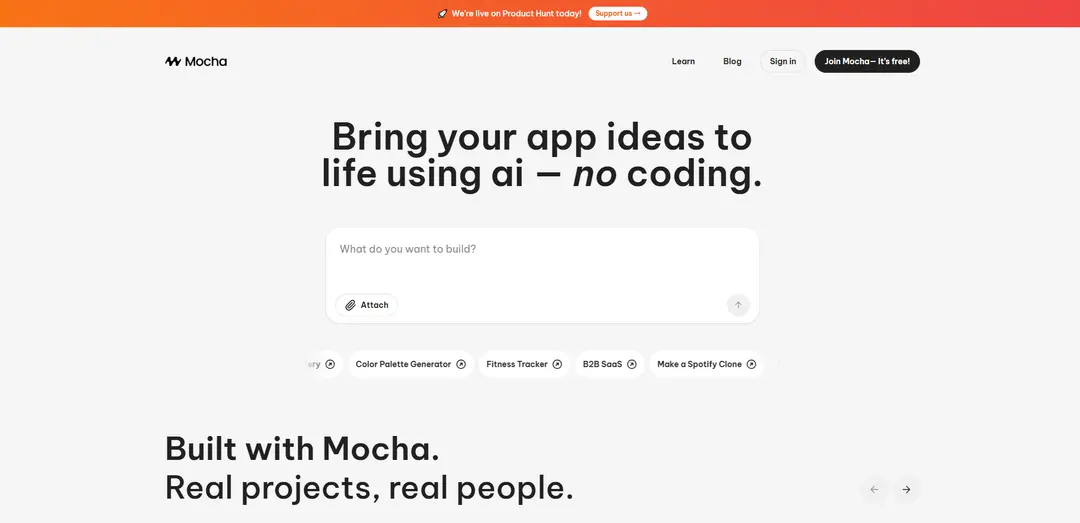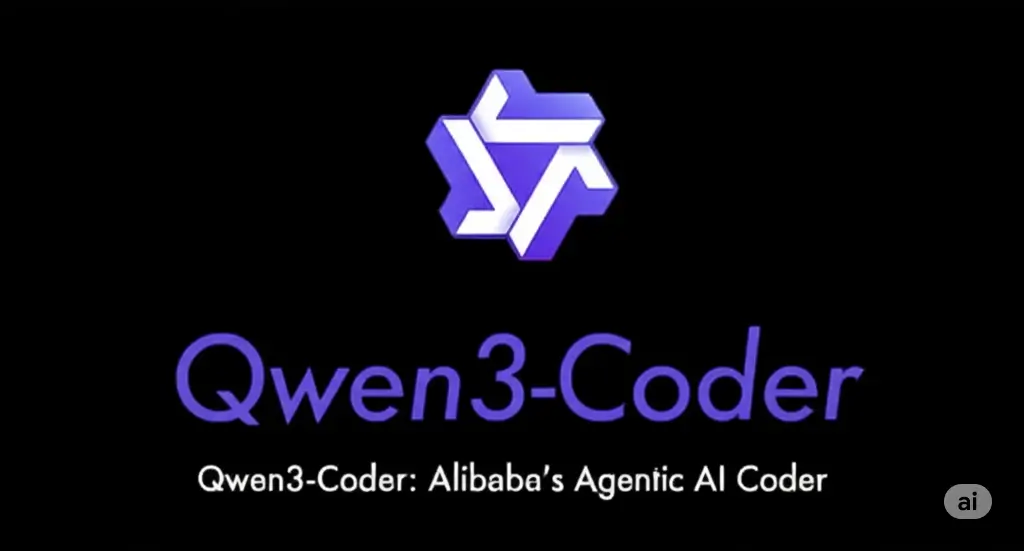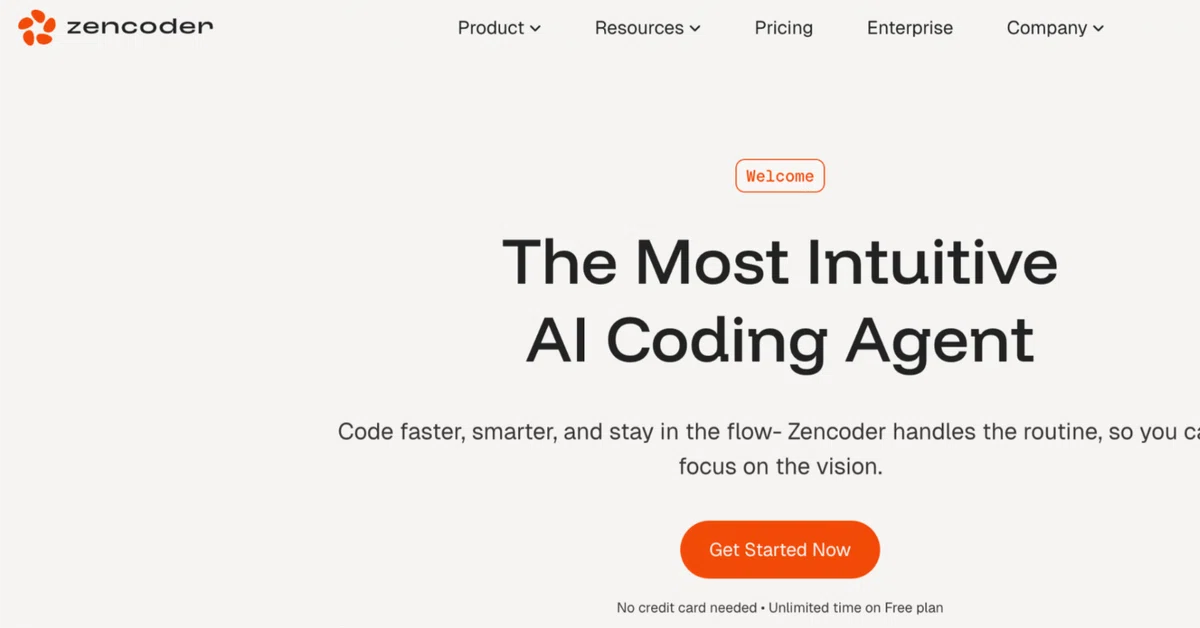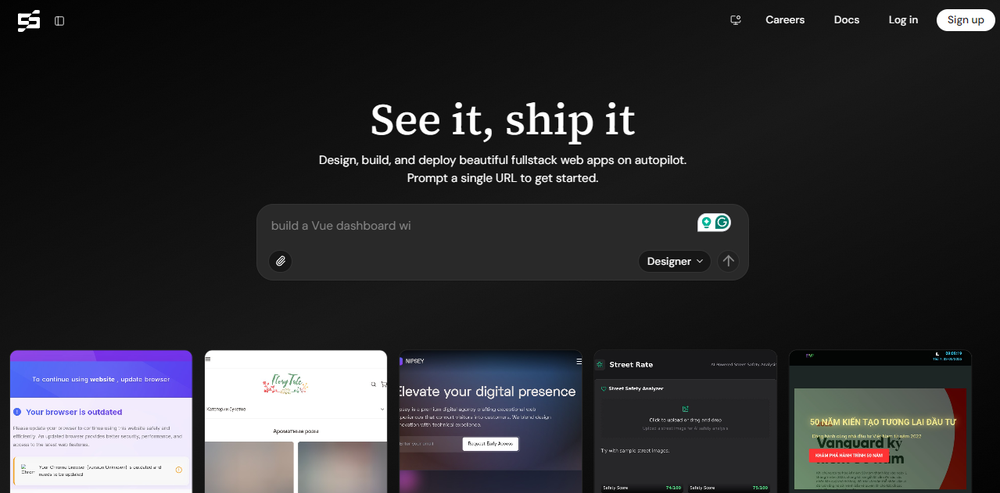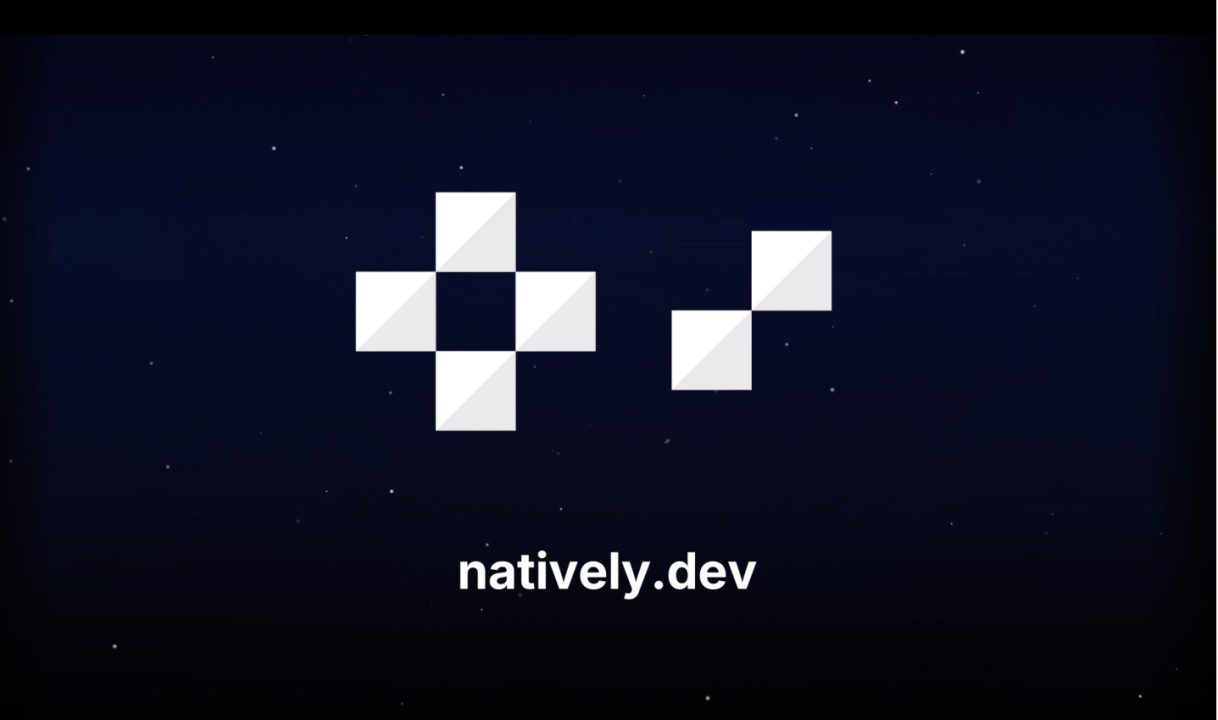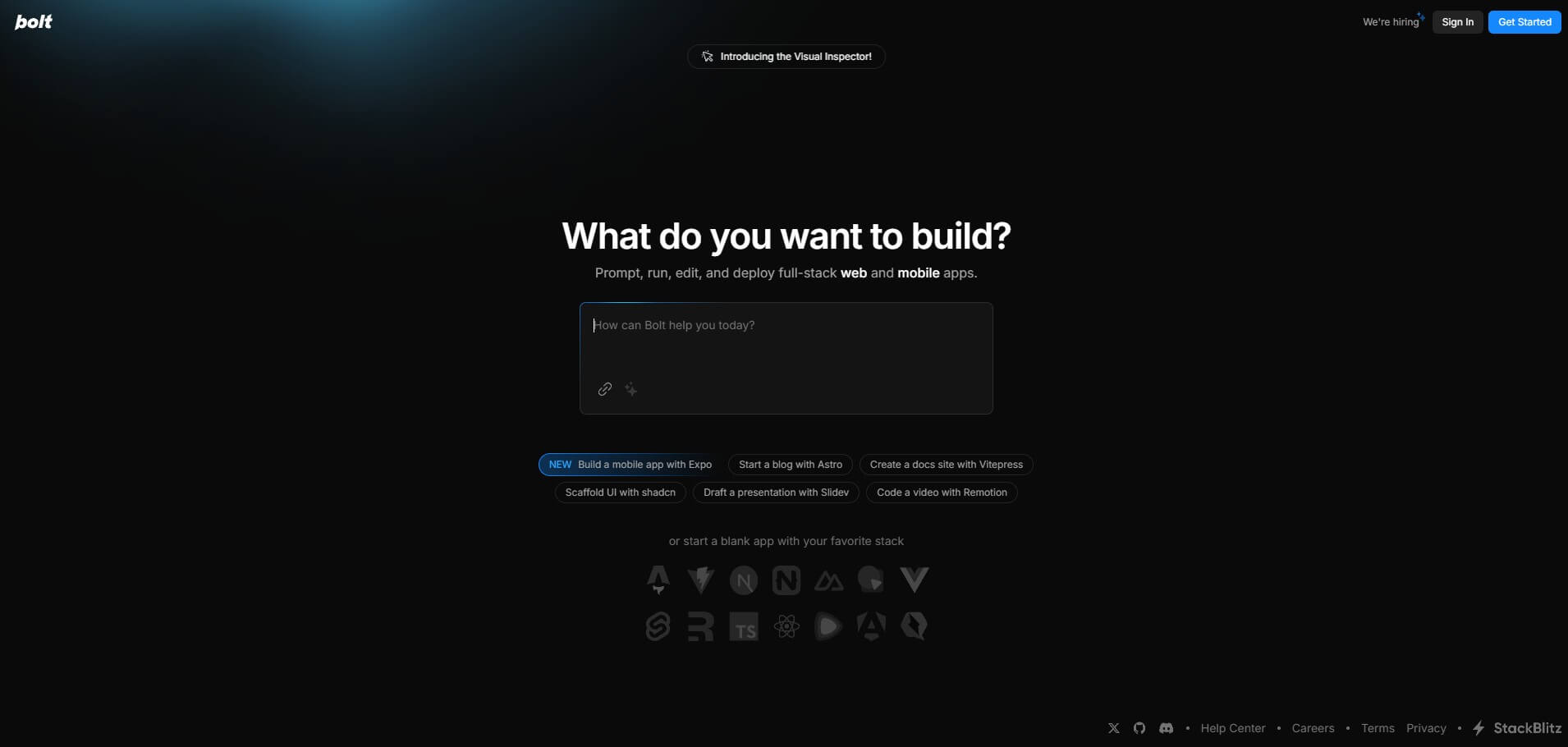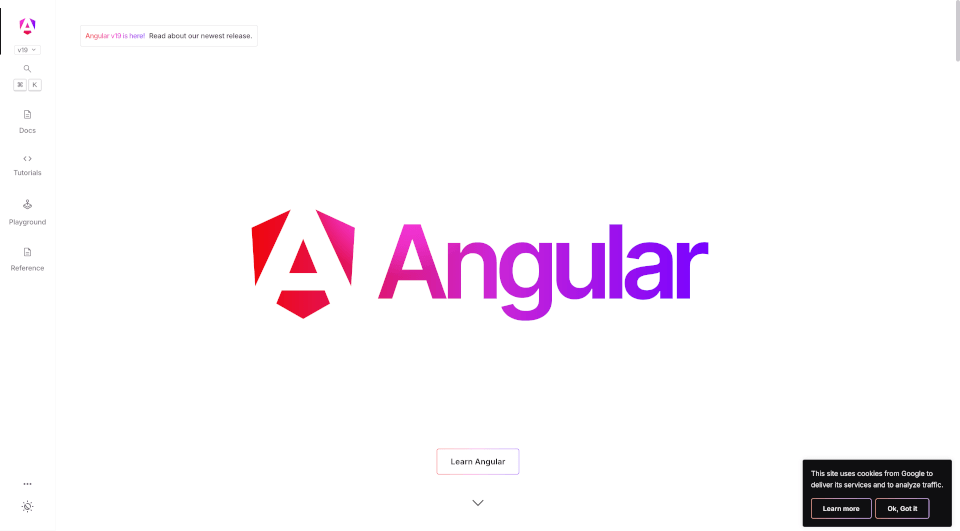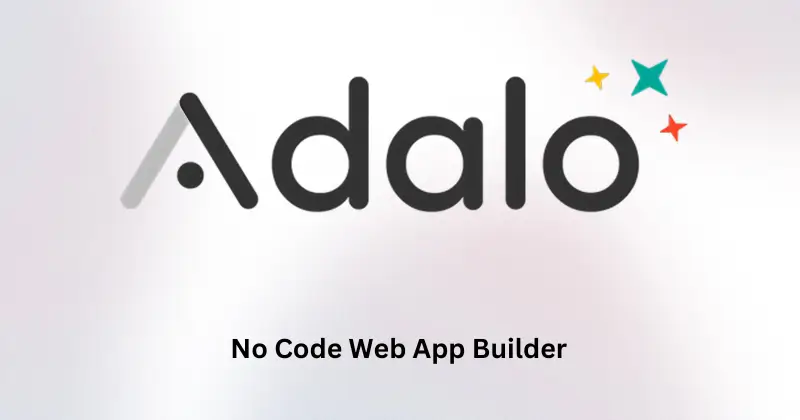LIDA is a robust tool designed to automate data exploration and produce visualizations and infographics using large language models (LLMs) like ChatGPT and GPT4.
Its interface facilitates the automatic generation of grammar-agnostic visualizations from data, comprising four key modules: the Summarizer, which condenses data into concise natural language summaries; the Goal Explorer, which identifies visualization objectives based on the data; the VisGenerator, which creates, refines, executes, and filters visualization code; and the Infographer, which crafts stylized graphics faithful to the data using image generation models.
LIDA is versatile, compatible with any programming language or visualization grammar, enabling users to develop visualizations in Python (e.g., Altair, Matplotlib, Seaborn), R, C++, and more. Moreover, it supports various operations on existing visualizations, including explanation, self-evaluation, automatic repair, and recommendation.
By harnessing the language modeling and code-writing capabilities of LLMs, LIDA offers comprehensive automated visualization functionalities. Its architecture integrates LLMs and image generation models (IGMs) to address the multi-stage process of visualization creation.
While LIDA exhibits some limitations, such as performance variations depending on visualization libraries and code generation capabilities, it remains a potent tool for streamlining the visualization generation process.
More details about LIDA
Is LIDA accessible as an open-source tool?
Yes, LIDA is an open-source tool, providing users with access to its source code for customization and enhancements. It can be found and downloaded on GitHub.
How does LIDA assist with visualization explanations and self-evaluations?
LIDA manages visualization explanations and self-evaluations by conducting operations on generated visualizations. For explanations, it offers detailed descriptions of visualization code, while for self-evaluations, it utilizes LLMs such as GPT-3.5 and GPT-4 to produce multi-dimensional evaluation scores for visualizations represented as code.
Can LIDA generate visualizations using Python libraries like Altair, Matplotlib, and Seaborn?
Absolutely, LIDA is equipped to generate visualizations in Python, utilizing libraries such as Altair, Matplotlib, Seaborn, and more, showcasing its grammar-agnostic capabilities.
Does LIDA provide both a Python API and a hybrid user interface?
Indeed, LIDA offers both a Python API and a hybrid user interface. The hybrid interface supports direct manipulation and multilingual natural language, facilitating interactive chart, infographic, and data story generation.
